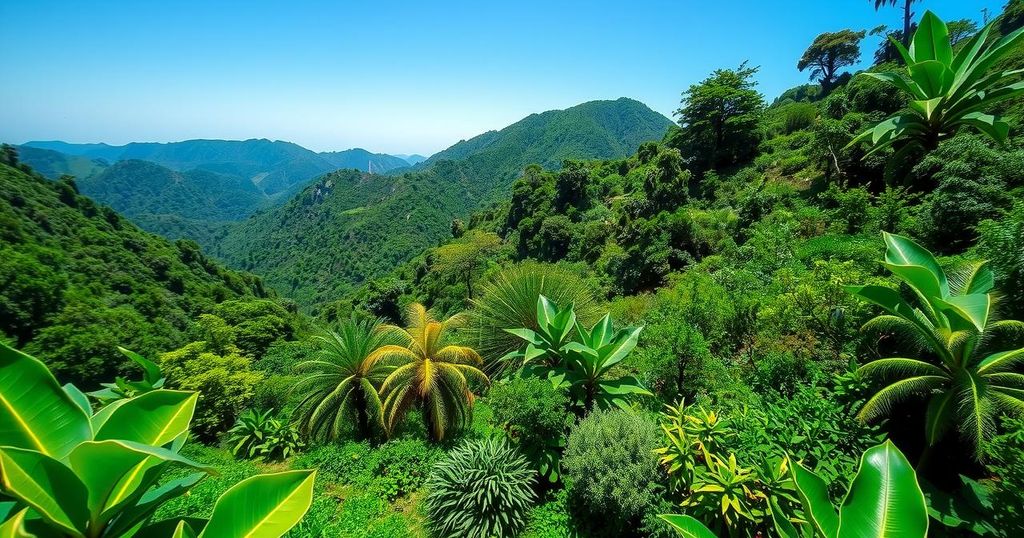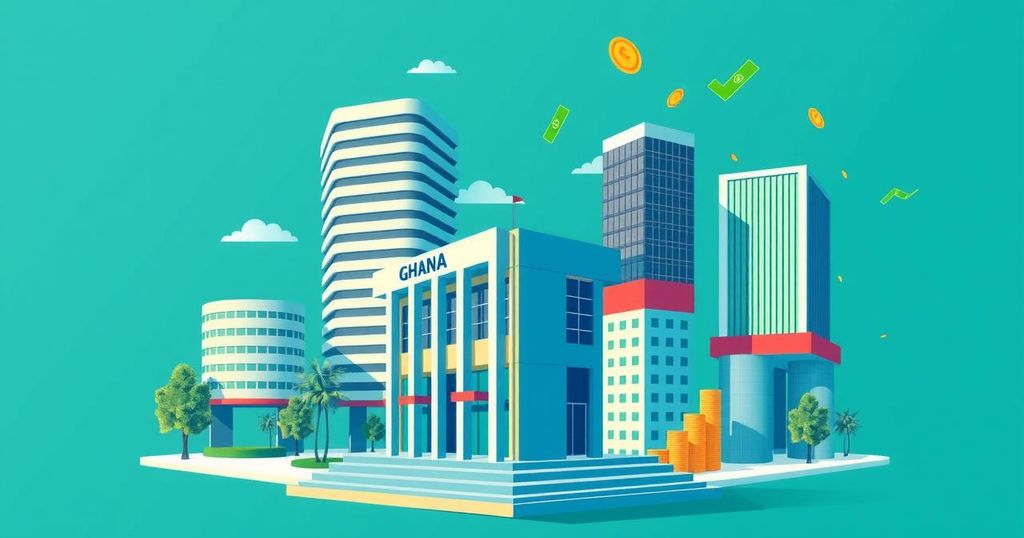Papua New Guinea’s Bougainville is seeking remediation of the Panguna mine after a years-long struggle for justice regarding environmental damage. An independent assessment has highlighted significant contamination issues, urging Rio Tinto to bear responsibility for clean-up efforts. Local leaders emphasize the need for collaboration and action to ensure the health and rights of affected communities are safeguarded while considering the mine’s potential economic benefits.
A recent report has highlighted the environmental challenges posed by the abandoned Panguna copper mine in Bougainville, Papua New Guinea. Local communities, after 36 years of seeking justice due to severe environmental damage, now see potential for remediation. The first independent environmental and social impact assessment raises hope that Rio Tinto, the former majority owner, may bear the costs of necessary clean-up operations.
Ishmael Toroama, President of Bougainville, marked this development as a significant milestone towards healing past damages and fostering a sustainable future. He emphasized the importance of continued dialogue and cooperation in addressing the site’s environmental impacts. Paramount Chief Blaise Iruinu echoed this sentiment, stressing the collective effort required for meaningful change in the community.
Historically, the Panguna mine began operations in 1972 under Rio Tinto’s subsidiary, Bougainville Copper Ltd. This major venture, developed without proper consultation with local landowners, led to significant environmental degradation and socio-economic unrest, culminating in a civil war that forced its closure in 1989. Environmental agreements made by the company were not honored, worsening the ecological damage.
The 2020 human rights complaint lodged by local residents marked a critical point, compelling Rio Tinto to initiate an independent impact study. The findings, released in December 2024, revealed urgent threats from collapsing infrastructure and contaminated local resources. Moreover, health crises linked to toxic runoff highlighted the dire need for remediation efforts.
Community leaders, such as Theonila Roka Matbob, have voiced the lengthy struggle faced by residents living in the mine’s aftermath. The impact assessment underscores the failure of the mine’s legacy to uphold the basic human rights of local populations, indicating a clear need for immediate action from Rio Tinto.
Kellie Parker, CEO of Rio Tinto Australia, emphasized their commitment to engaging with local governments and communities for future remediation plans. However, the specifics of the clean-up timeline and associated costs remain undetermined. Legal experts stress the necessity for immediate measures to safeguard community health and resources.
Professionals in environmental rehabilitation have warned that cleaning up the mine would necessitate comprehensive collaboration with local landowners and could take a decade, with costs potentially reaching $5 billion, well exceeding the mine’s historical revenues.
The Bougainville Government’s plans to reopen the mine further complicate the situation, as this remains viewed as crucial for economic independence following a referendum where a vast majority favored autonomy. With renewed exploration efforts by local stakeholders, the future of the Panguna mine hangs in the balance as leaders seek expedited accountability from Rio Tinto.
The findings of the independent environmental assessment of the Panguna mine illuminate the urgent need for remediation following decades of environmental neglect. Local communities aspire for justice and ecological restoration as they confront the mine’s adverse impacts. The collaboration between stakeholders, coupled with Rio Tinto’s accountability, is critical for future recovery and sustainable development in Bougainville.
Original Source: www.globalissues.org




